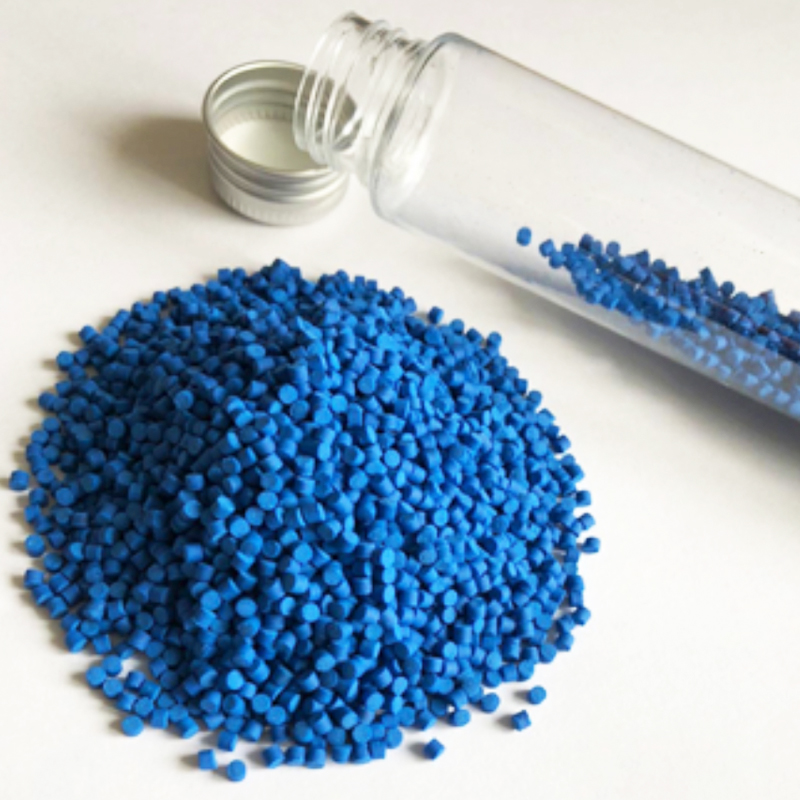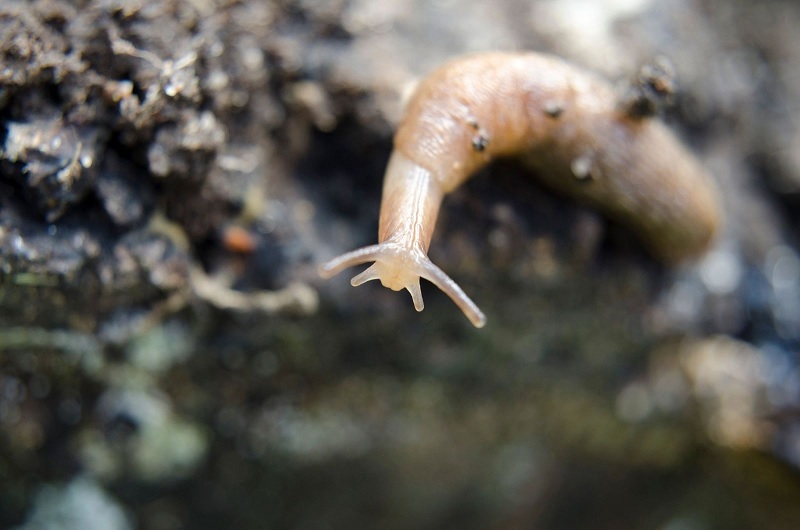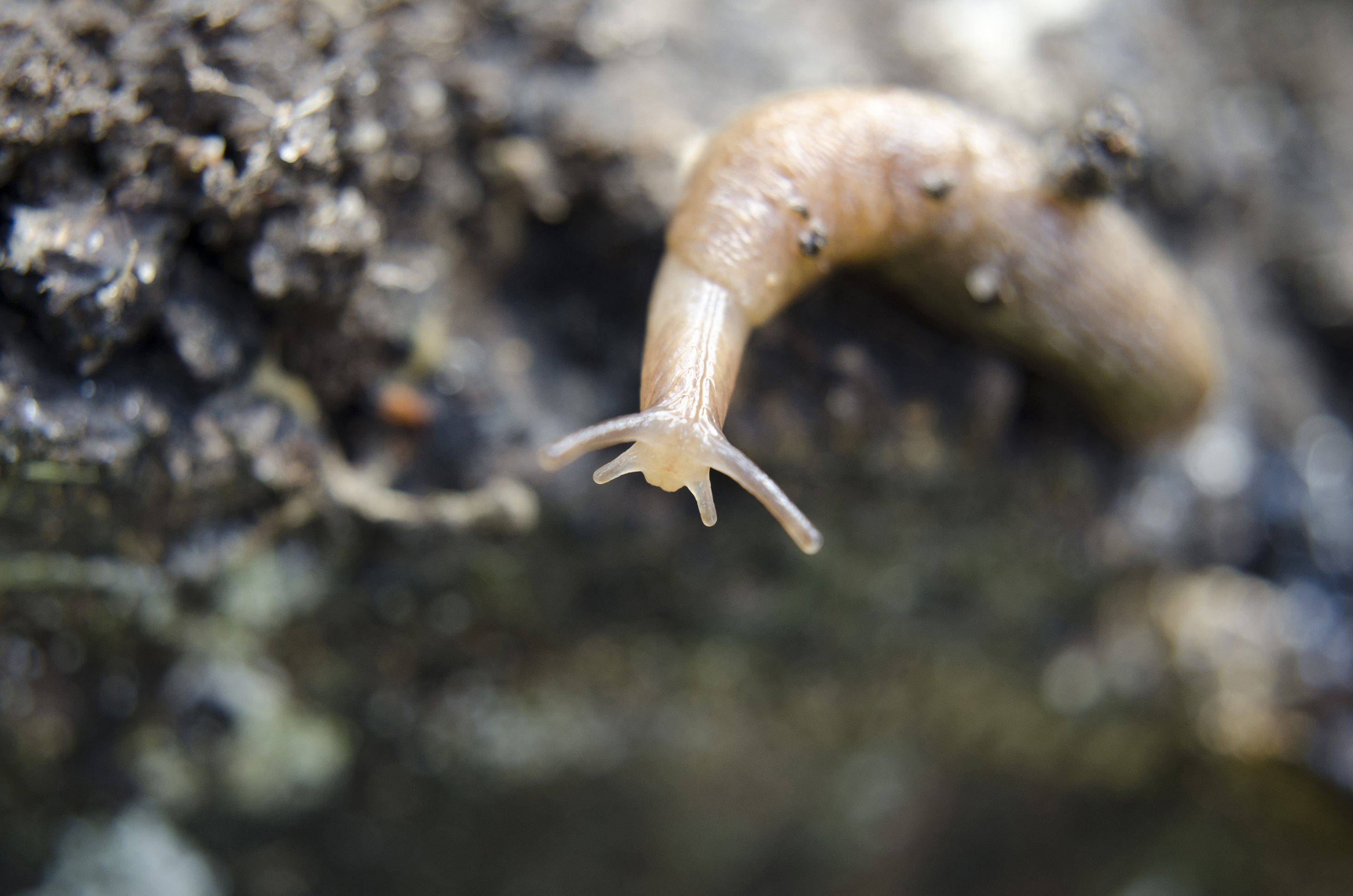With variable weather recently affecting many parts of the UK and the new cropping season slowly getting underway, Tristan Gibbs of Crop Management Partners gives his tips and advice for controlling slugs this autumn and beyond.
 So far, the only crop to have been drilled in my region (Kent and East Sussex) are oilseed rape which started going into the ground two to three weeks ago. To date approximately a third of crops have been drilled, with the vast majority of these already emerging and looking well thanks to the recent spell of wet weather. Thankfully, despite some preliminary signs of Cabbage Stem Flea Beetles, so far – fingers crossed – there hasn’t been a significant migration yet although that could change at any time.
So far, the only crop to have been drilled in my region (Kent and East Sussex) are oilseed rape which started going into the ground two to three weeks ago. To date approximately a third of crops have been drilled, with the vast majority of these already emerging and looking well thanks to the recent spell of wet weather. Thankfully, despite some preliminary signs of Cabbage Stem Flea Beetles, so far – fingers crossed – there hasn’t been a significant migration yet although that could change at any time.
The overall cropping area for oilseed rape is once again much reduced in this part of the world – simply because last year’s crops suffered so badly from the waterlogged conditions and extensive CSFB damage. With those factors still at the forefront of growers’ minds I’ve been strongly advising growers to minimise the potential for slug damage by applying a first dose of slug pellets as soon as possible after the drilled seedbed has been rolled: ideally this should happen within 24 hours of the rolls finishing their work and, given that the ground is wet and slugs are visibly active in seedbeds, I will be checking crops to see if a second application is required around a week later.
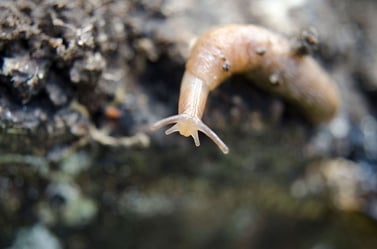 The potential for slug damage can be minimised by applying a first dose of slug pellets within 24 hours of the drilled seedbed being rolled.
The potential for slug damage can be minimised by applying a first dose of slug pellets within 24 hours of the drilled seedbed being rolled.
The majority of growers (approximately 90%) in the south east have already made the switch away from metaldehyde slug pellets in favour or ferric phosphate, predominantly because the water companies in this area have been very proactive in subsiding the cost of ferric. There are however a few early signs that this funding won’t be available for too much longer presumably because ferric will shortly be the only available active ingredient.
In terms of efficacy and effectiveness, ferric gets the job done and, once growers understand it’s a stomach poison which will work well in all conditions (as opposed to metaldehyde which is a desiccant), they are happy to have made the switch. But growers must ensure whichever ferric product they use is of a good quality: that means selecting a pellet which is easily visible, gives good baiting point density and spreads evenly and accurately without turning to dust as it exits the spreader.
Slug pellets – whether metaldehyde or ferric based – also need to provide good persistence and palatability during spells of wet weather and they need to be of a large enough size (typically greater than 2mm) to ensure a single pellet provides a lethal dose of the active ingredient.
Timing of application is also critical: all too often slug pellets are applied a week or more after the crop was drilled. By then, if slug activity is high, the whole crop could be lost. Instead, pellets should be applied as soon as the freshly drilled crop has been rolled (assuming slug numbers are at threshold) with a subsequent application made a week later.
Applicator accuracy and calibration are also essential. Unfortunately, a lot of growers calibrate their machines by applying a first bag of pellets, calculating the area it has covered and then adjusting their speed and spreader output settings based on those basic calculations. That’s not the most reliable method, especially as slug pellets come in a range of sizes and weights which means what might be accurate for one will potentially be totally inaccurate for another. It is therefore much better to carry out a full tray test analysis for the pellets being used. This will not only give much better baiting point accuracy but will also mitigate the potential for under-lapping misses.
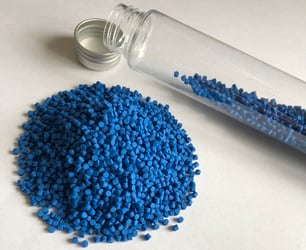 Gusto® IRON, ADAMA’s new 2.94% ferric phosphate molluscicide, is manufactured using Desidro Technology, a two-stage drying procedure which microwaves the wet-processed pellets to dry them from the inside before using a convection heater to gently dry the exterior. This process ensures an ideal balance between persistence and palatability, with Gusto® IRON pellets proving hard enough to ensure good weather resistance, but also remaining palatable to slugs even when first applied. The two-stage drying process also improves pellet robustness thereby allowing for a more accurate spreading pattern and consistent baiting point density.
Gusto® IRON, ADAMA’s new 2.94% ferric phosphate molluscicide, is manufactured using Desidro Technology, a two-stage drying procedure which microwaves the wet-processed pellets to dry them from the inside before using a convection heater to gently dry the exterior. This process ensures an ideal balance between persistence and palatability, with Gusto® IRON pellets proving hard enough to ensure good weather resistance, but also remaining palatable to slugs even when first applied. The two-stage drying process also improves pellet robustness thereby allowing for a more accurate spreading pattern and consistent baiting point density.
 United Kingdom
United Kingdom Select country
Select country
